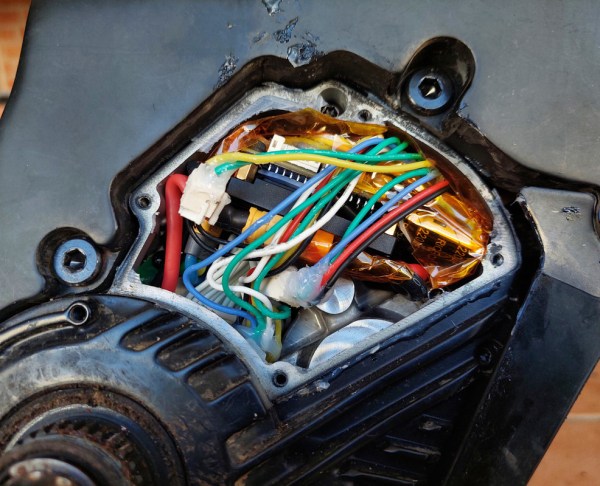In an interesting step for anyone who follows electric car technology, the automaker Tesla has released a trove of information about its first-generation Roadster car into the public domain. The documents involved include service manuals, circuit diagrams, and technical details, and Elon Musk himself Tweeted posted on X that “All design & engineering of the original @Tesla Roadster is now fully open source.”
We like the idea and there’s plenty of interesting stuff there, but we can’t find an open-source licence anywhere and we have to take issue with his “Whatever we have, you now have” comment. What we have is useful maintenance information and presents a valuable window into 2010’s cutting edge of electric vehicles, but if it’s everything they have then something must have gone very wrong in the Tesla archives. It’s possible someone might take a Lotus Elise and produce something close to a Roadster replica with this info, but it’s by no means enough to make a car from. Instead we’re guessing it may be a prelude to reducing support for what is a low-production car from over a decade ago.
When it comes to electric vehicle manufacturers open-sourcing their older models we already have a model in the form of Renault’s open-source version of their Twizy runabout. This is a far more credible set of information that can be used to make a fully open-source version of the car, rather than a set of workshop manuals.
Tesla Roadster, cytech, CC BY 2.0.


















